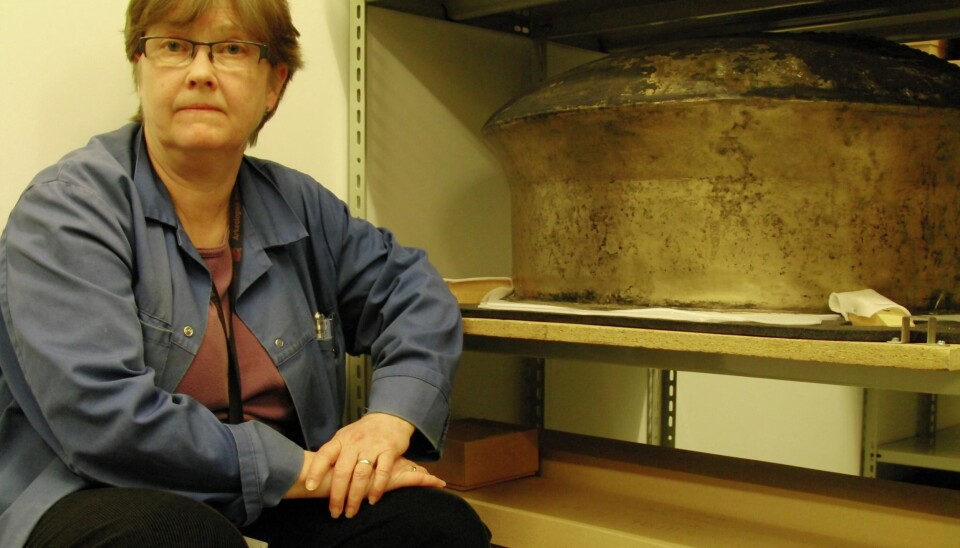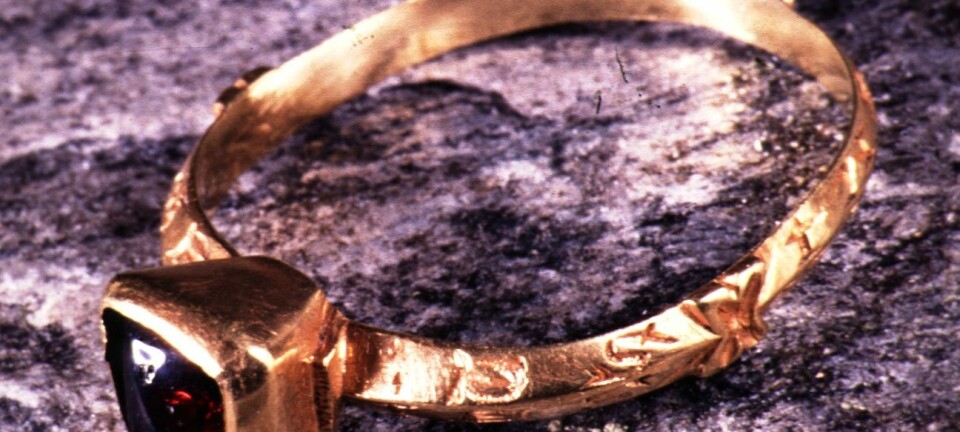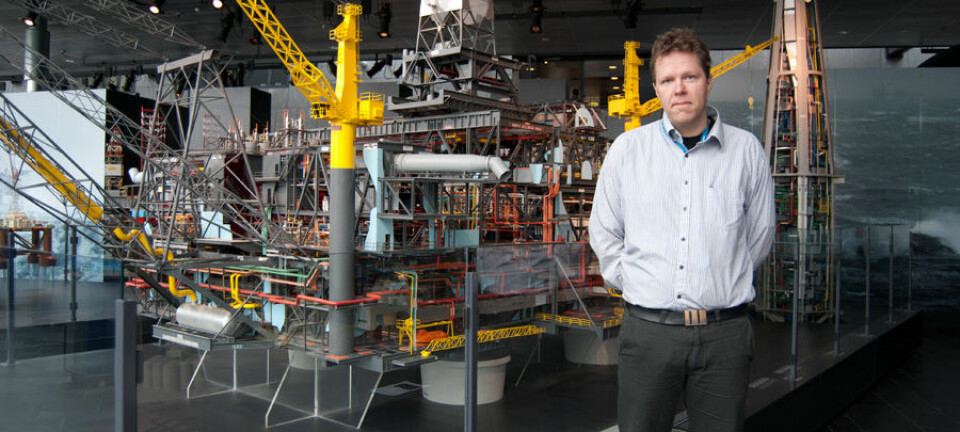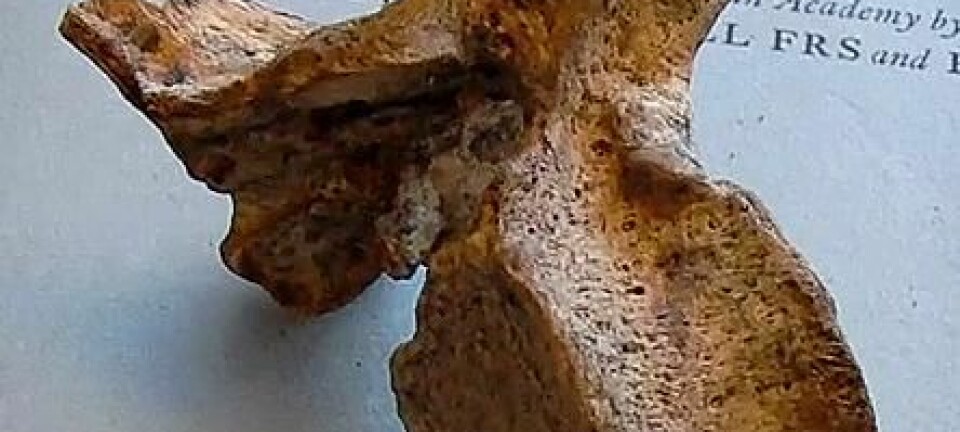
Cooking pot from afar
After working systematically with several thousand museum objects, Åsa's favourite is still a large bronze pot from the fringe of the Roman Empire found on the west coast of Norway.
Denne artikkelen er over ti år gammel og kan inneholde utdatert informasjon.
Åsa Dahlin Hauken is an archaeologist and responsible for the storehouse of the Museum of Archaeology in Stavanger. For the past 13 years she has systematically numbered items in the museum, archiving them digitally.
A museum number can refer to anything from a spearhead to all the items from an old inhabited site. Dahlin Hauken will reach number 5,000 of a total 9,600, but her favourite object is still the same as it was before she started – a bronze pot found at a farm named Svebestad, at Sandnes on the west coast of Norway.
For status and sacrifices
The nearly 2,000-year-old pot is on a shelf in the museum basement. It’s the second largest of its kind found in Norway and it was the subject of Dahlin Hauken’s Master’s Degree thesis in 1984.
“This is a cooking pot that was found in a bog, where it ended up around the year 300,” she says.
The pot was made on the fringe of the Roman Empire, probably in Northern France, but by the time it reached what in Roman eyes was the barbaric land of Norway, it had become more than a cooking utensil.
“We think pots like these were prestige items that were given as gifts to seal ties and alliances.”
Valuable objects were also sacrificed, and in addition to bronze pots it was common to honour the gods with anything from jewellery to butter, but particularly with weapons. In Denmark sites have been found where the victors of a battle offered all the weapons of their fallen or captured enemies.
Over 100 pots like this have been found and in Norway are referred to as West Coast pots. This is more than in any other country but researchers have no good answer as to why so many ended up here.
-----------------------------
Read this article in Norwegian at forskning.no
Translated by: Glenn Ostling

































